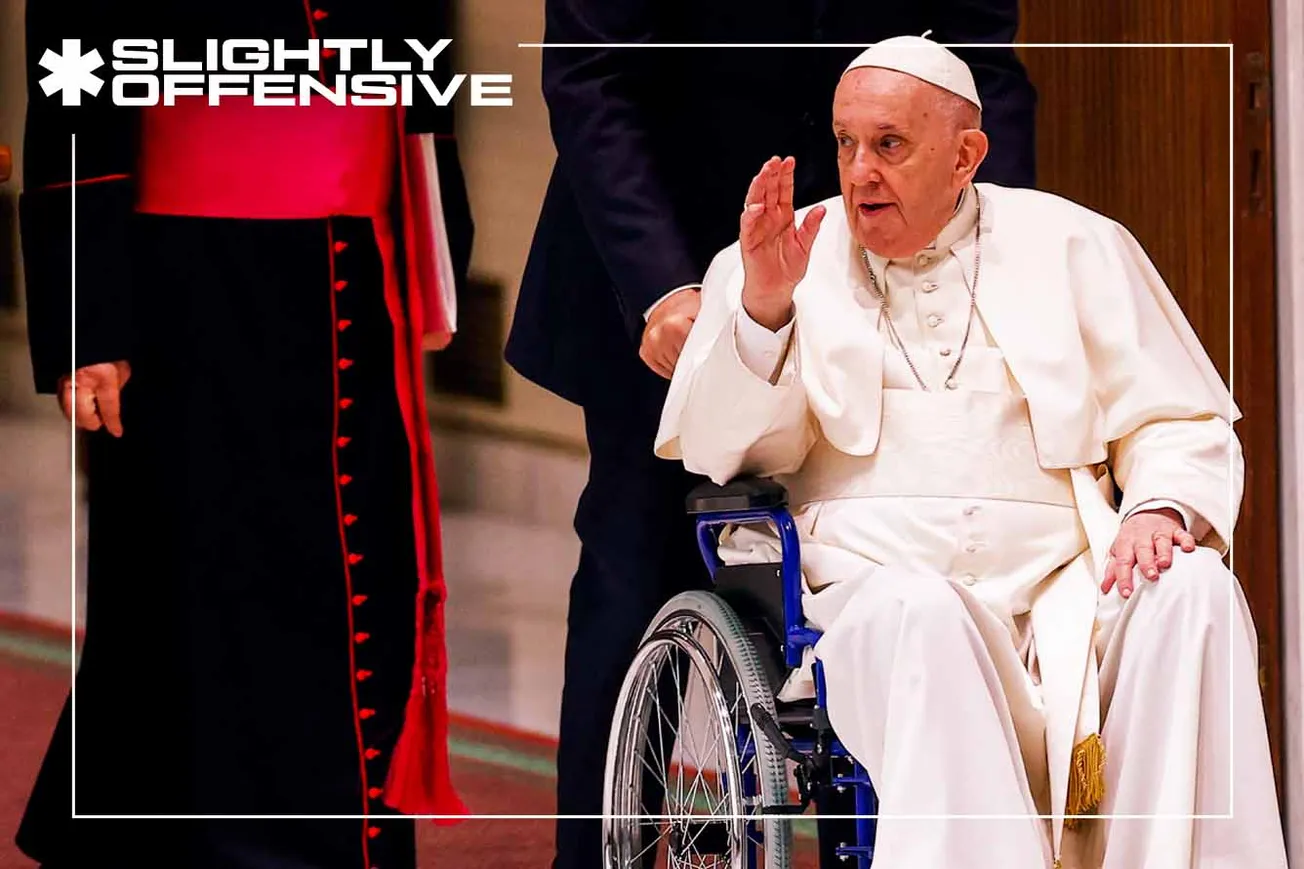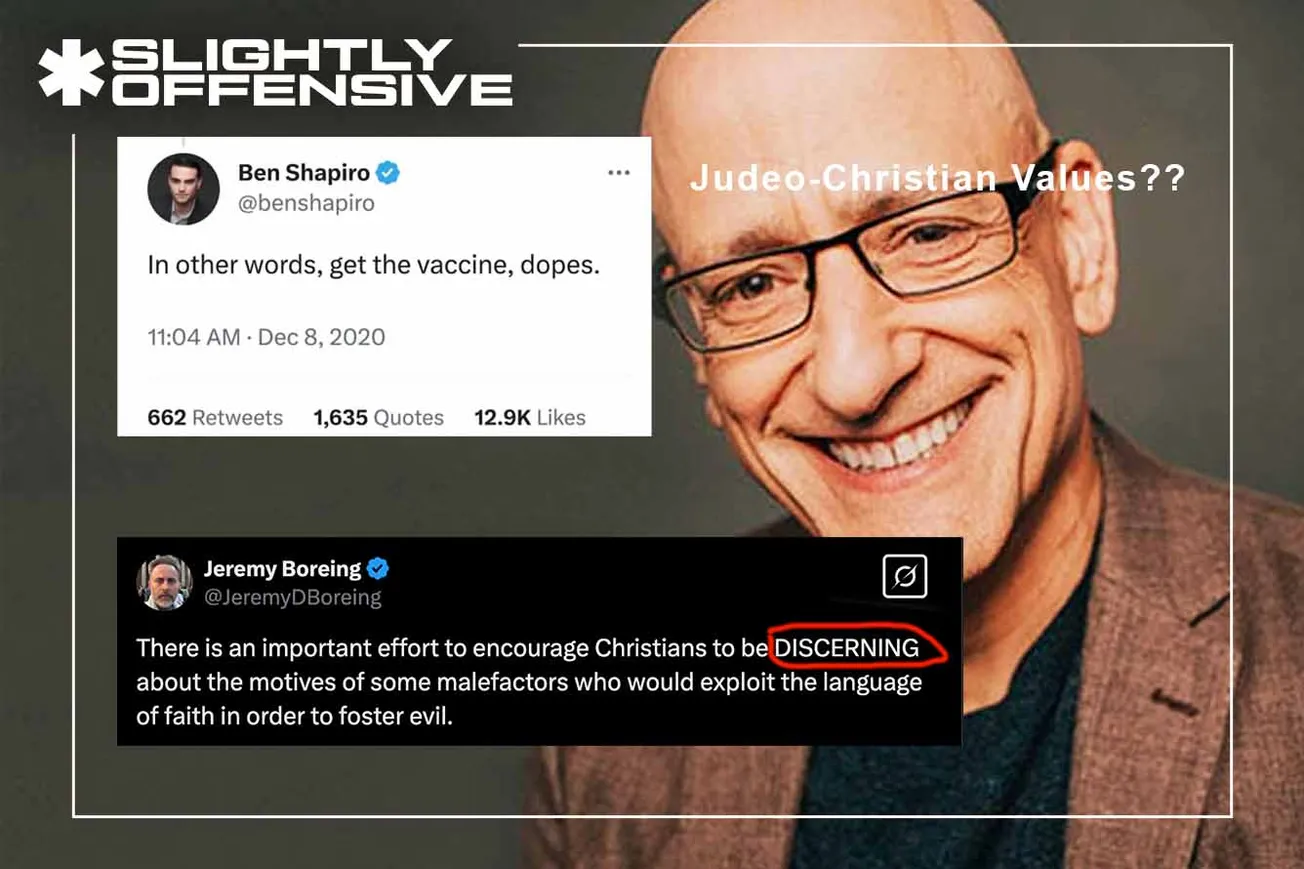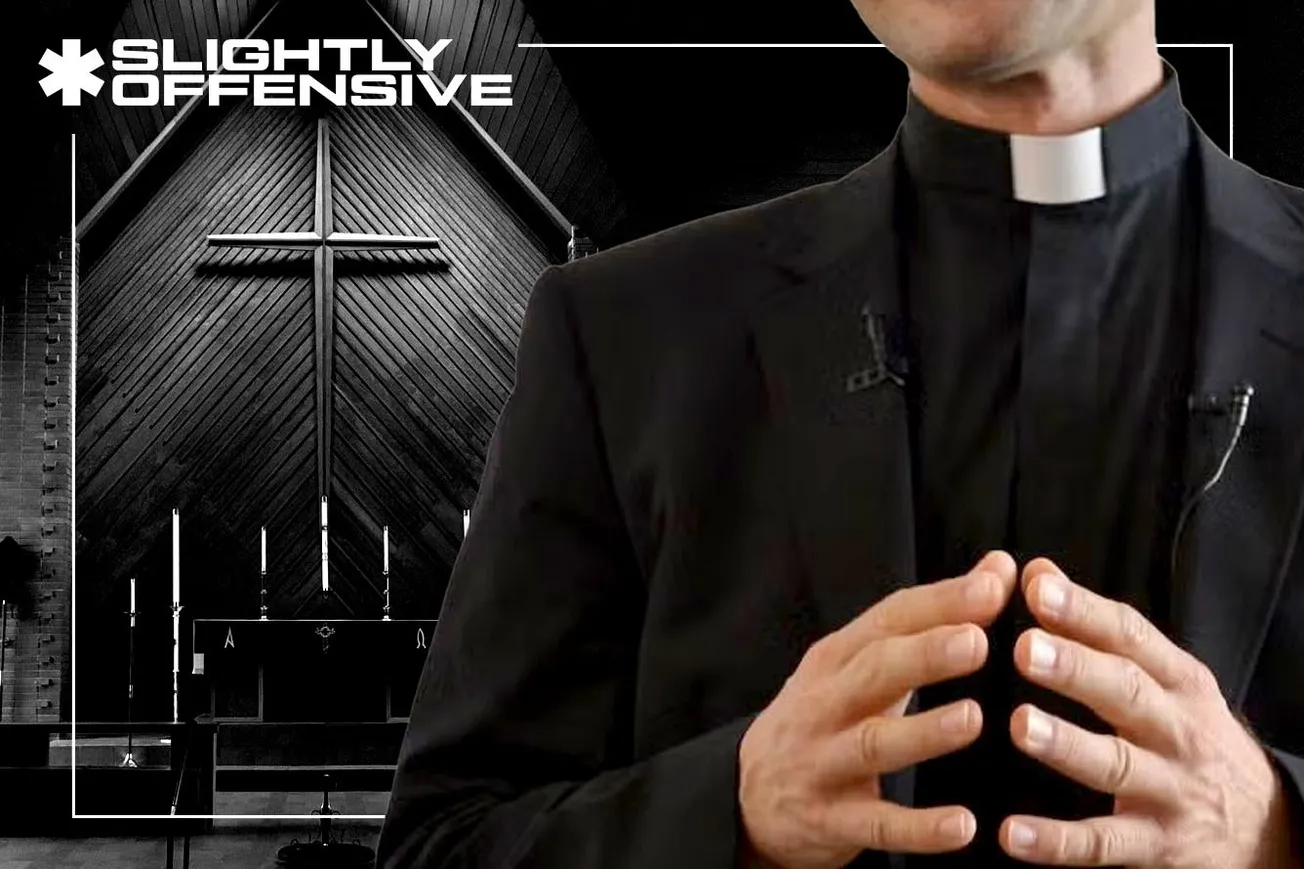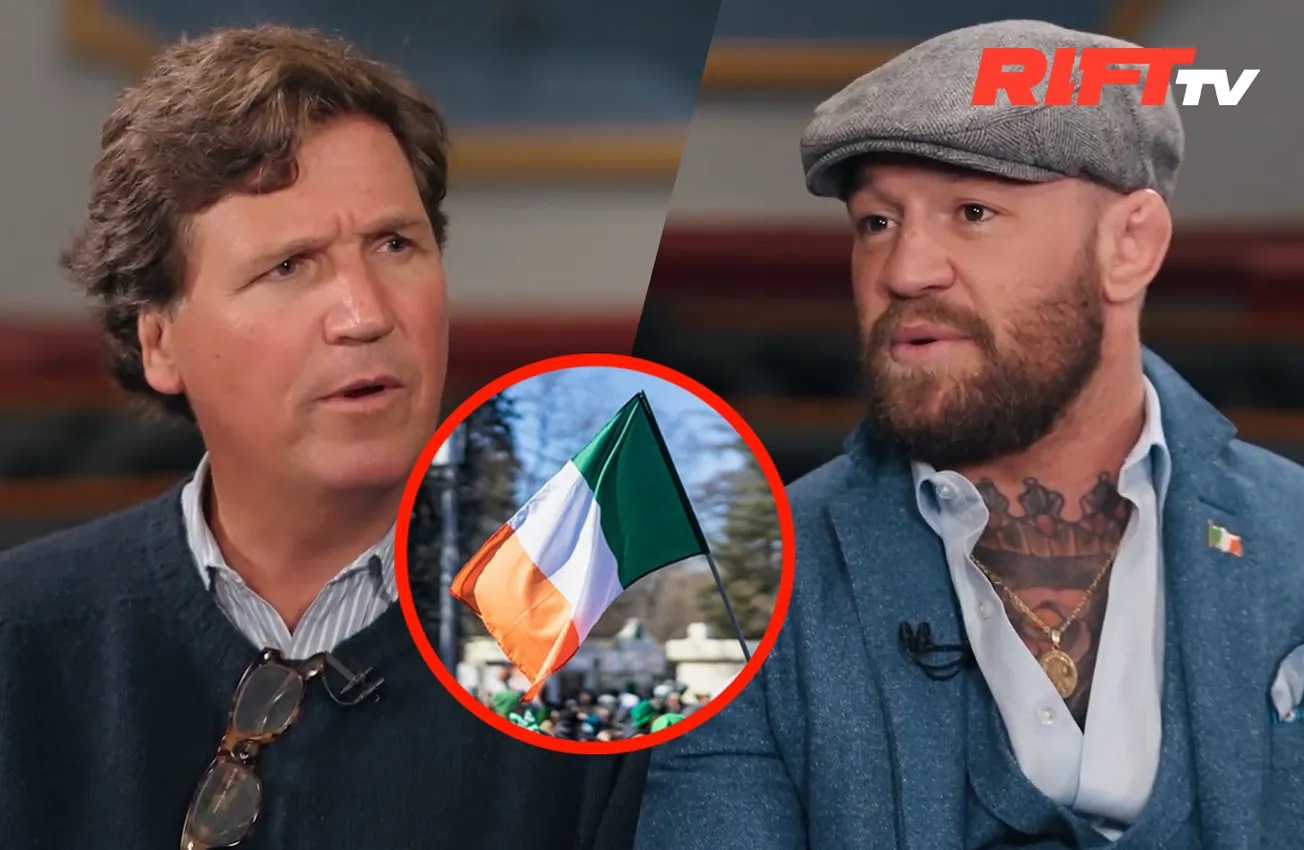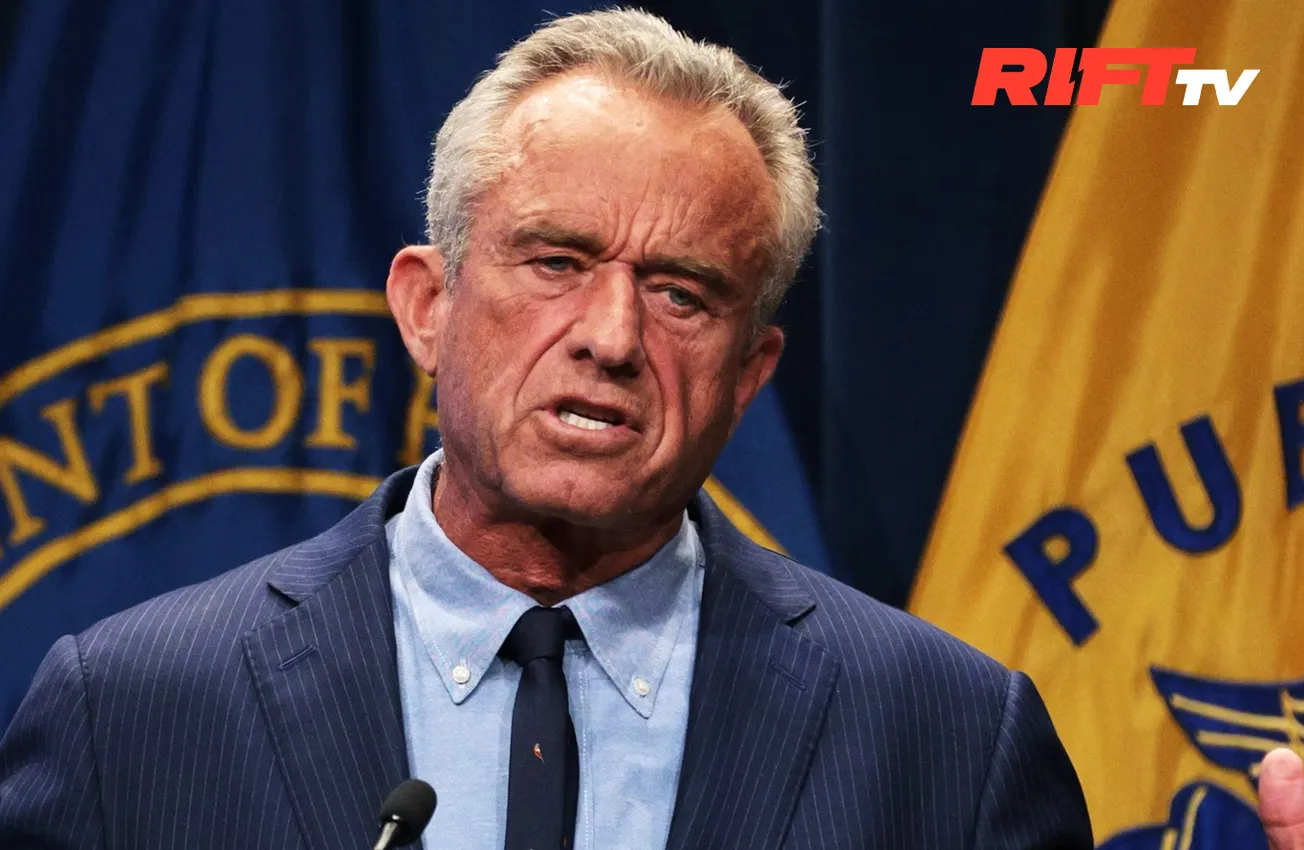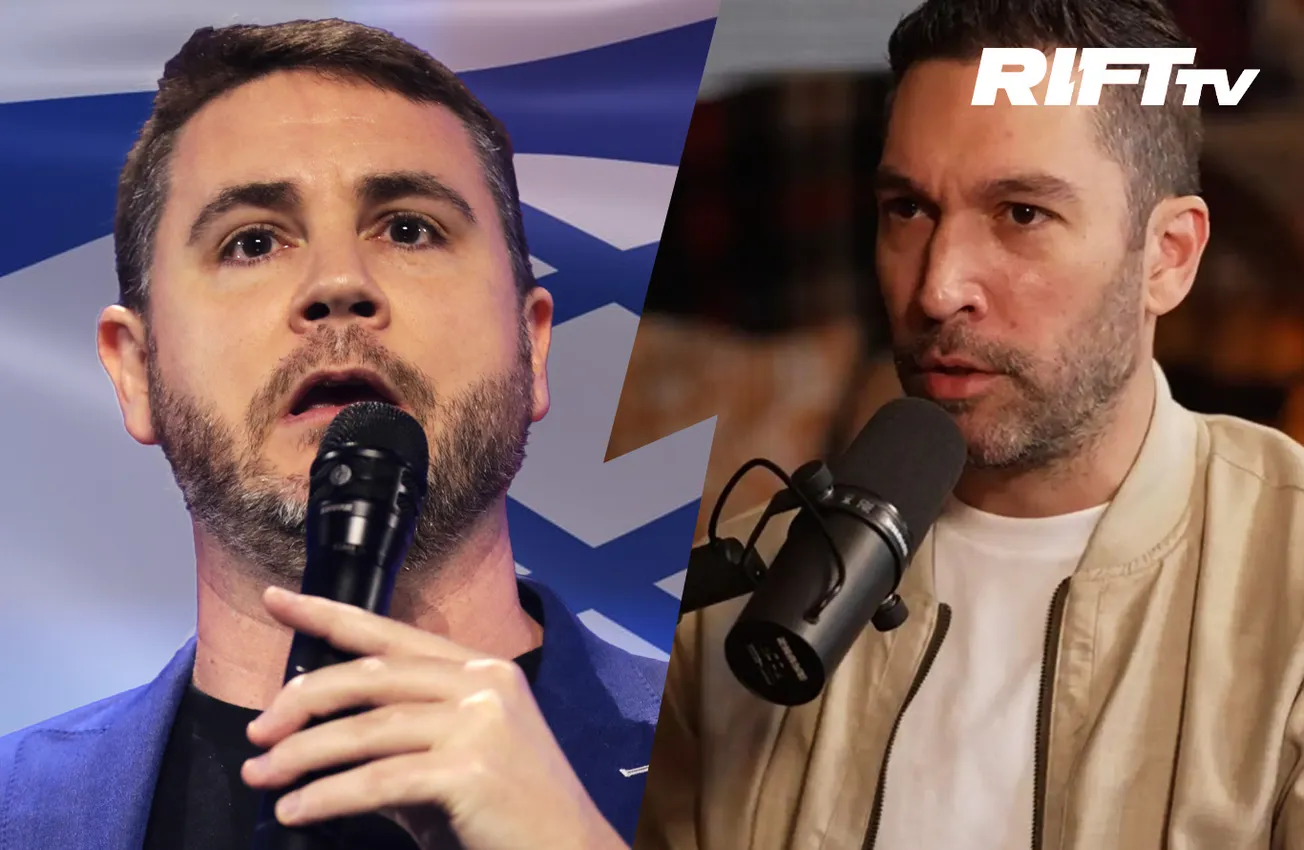VATICAN CITY — Pope Francis, the 88-year-old shepherd of 1.4 billion Catholics, came within a whisper of death on February 28, 2025, when a breathing crisis during his five-week battle with double pneumonia forced his doctors to weigh a grim choice: stop treatment and let him slip away, or push the limits with drugs and therapies that could wreck his already frail body.
Dr. Sergio Alfieri, head of the pontiff’s team at Rome’s Gemelli hospital, laid bare the stakes in a March 25 interview with Corriere della Sera, exposing a health scare that tested faith, medicine, and the Vatican’s resolve.
The ordeal began February 14, when Francis was admitted with a respiratory infection that morphed into pneumonia in both lungs—a brutal foe for a man who lost part of one lung to pleurisy decades ago. By February 28, the situation turned “terrible,” Alfieri said. Francis inhaled vomit during a respiratory spasm, a moment that could’ve ended him. “We thought he wouldn’t make it,” Alfieri admitted. His team stood at a crossroads: ease off and spare his organs, or double down despite the risks. The pope, lucid but sidelined, left the call to his nurse, Massimiliano Strappetti, who insisted, “Do everything possible.” That choice—grit over surrender—kept Francis alive.
Christians might nod at the tenacity. This wasn’t a man coddled by modern softness but one whose team fought tooth and nail, mirroring the rugged spirit of a church weathering storms. Yet, the episode peels back a curtain on Francis’s fragility. Four breathing crises marked his stay, including another vomiting incident while eating, each a near-fatal brush. High-flow oxygen and non-invasive ventilation pulled him through, but at what cost? His lungs, scarred from youth, took a beating, and Alfieri’s silence on long-term damage leaves questions hanging. The Vatican says he’s home at Casa Santa Marta, convalescing for two months, but his papacy’s future feels shakier than ever.
Treatment wasn’t a straight path. Early updates pegged him “critical but stable” after a February 22 asthmatic attack needing transfusions (The Guardian, February 25). By March 10, doctors lifted the “imminent danger” tag, and he rolled out in a wheelchair March 23, waving to pilgrims. But Alfieri’s revelation—that they nearly let him go—clashes with the Vatican’s polished narrative of steady improvement. It’s a conservative sore spot: institutions too often gloss over hard truths. Francis, known for working himself ragged, pushed to return home despite needing rest—a move Alfieri cautioned against. “If he goes back, he’ll work,” the doctor warned, hinting at a stubbornness that could undo gains.
The choice to fight wasn’t just medical—it was personal. Alfieri saw tears among staff who “love him like a father,” a bond that tipped the scales. The faithful might see divine handiwork in that loyalty, but it’s a double-edged sword. Francis has mused about resignation—Benedict XVI’s 2013 exit is precedent—yet clings to duty. At 88, with a history of pneumonia (March 2023) and colon surgery (June 2021), how long can he hold? His insistence on “everything possible” bought time, but the risks—organ strain, a muted recovery—loom large.
For the faithful, this scare is a wake-up call. Francis survived, but the Vatican’s tight-lipped updates and his own defiance raise doubts about what’s next. Catholics prize resilience, but they also demand clarity. Was this a miracle or a delay? As Francis rests, the church waits—and wonders if the next crisis will force a harder choice.
Please leave your opinions / comments on these stories below, we appreciate your perspective!

